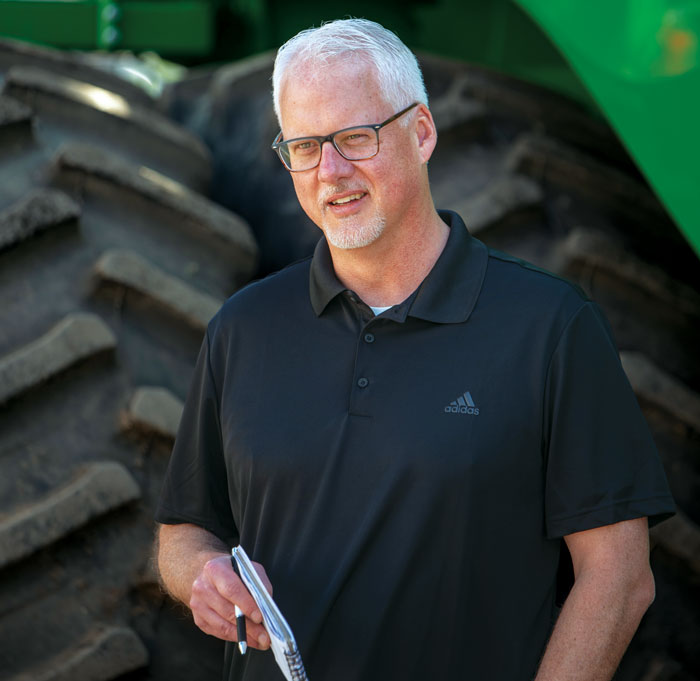The story of no-till is regarded by many as among the biggest advancements in farming since the tractor replaced the draft horse. For this installment of YOUR NO-TILL HISTORY, give your knowledge a test on these important moments in the practice’s history.
P.S. Readers of Frank Lessiter’s no-till history collection, Frankly Speaking and From Maverick to Mainstream: A History of No-Till Farming, may have an unfair advantage.
Take the Quiz
The 2024 No-Till History Series is supported by Calmer Corn Heads. For more historical content, including video and multimedia, visit No-TillFarmer.com/HistorySeries.







